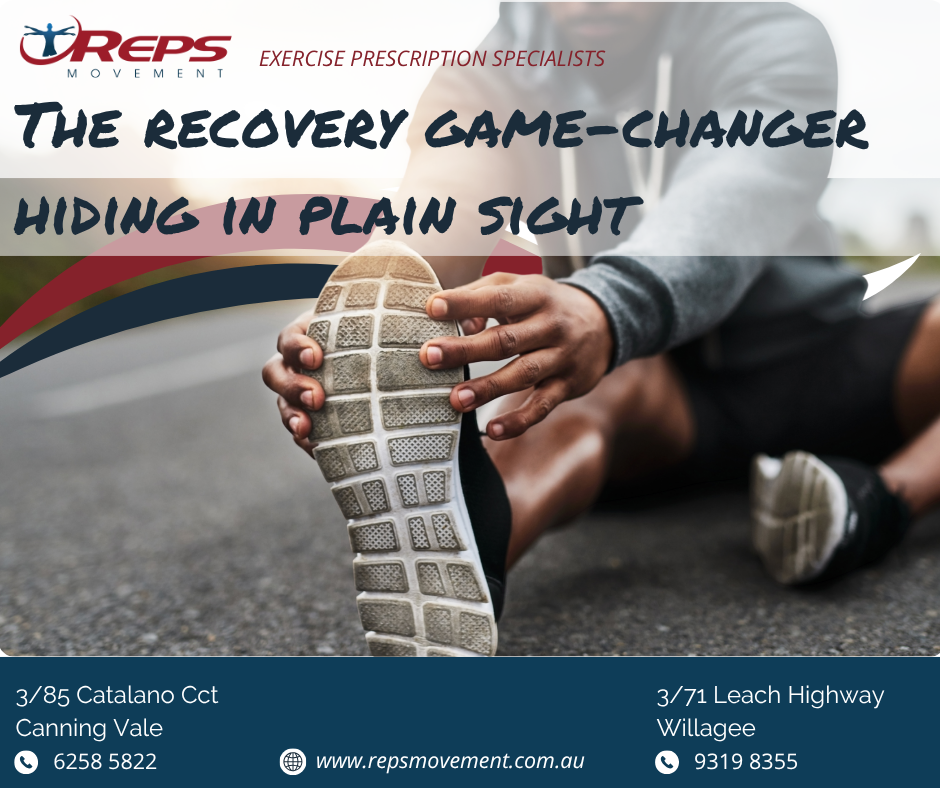Why Strong Hamstrings Are Your Recovery Game-Changer Think of your hamstrings as the unsung heroes of your posterior chain – the interconnected system of muscles that includes your glutes, hamstrings, and lower back. When this system works harmoniously, magic happens:
Enhanced Recovery Speed: Strong hamstrings improve blood flow throughout your lower body, helping deliver oxygen and nutrients to healing tissues while efficiently removing metabolic waste. This means less soreness, reduced inflammation, and faster bounce-back between activities.
Spinal Support and Pain Relief: Your hamstrings play a crucial role in pelvic stability. When they're strong and flexible, they help maintain proper pelvic alignment, taking pressure off your lower back and reducing the chronic tension that leads to persistent pain.
Injury Prevention: Balanced hamstring strength protects your knees, hips, and lower back from the compensatory stress patterns that develop when these muscles are weak. It's like having a built-in insurance policy against future problems.
Improved Functional Movement: From getting out of bed to climbing stairs, strong hamstrings make everyday activities feel easier and more effortless, contributing to better overall energy levels and quality of life. | 